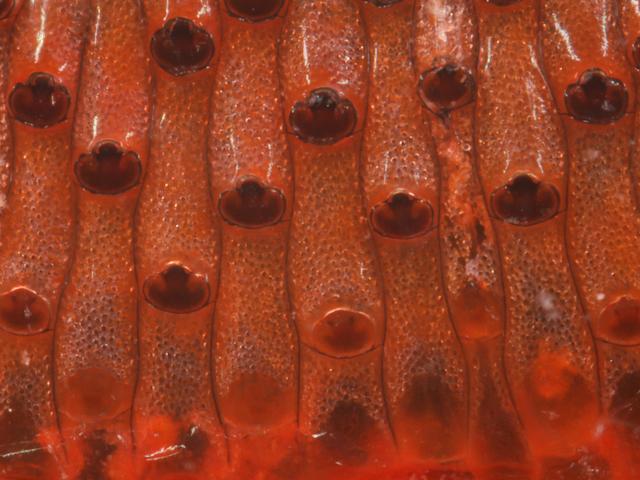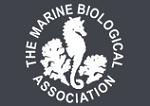
APHOTOMARINE
An educational resource dedicated mainly to the photography
and diversity of marine life that can be found in coastal waters
and intertidal areas of Great Britain and Ireland by David Fenwick.

Watersipora subatra (Ortmann, 1890) - Red-ripple bryozoan - an invasive non-native species (Bryozoans)
Scroll down and rollover titles to change screen image or click on title to view image.
Red-ripple bryozoan
Watersipora subatra
- on Laminaria under pontoon 1
Watersipora subatra
- on Laminaria under pontoon 1
Red-ripple bryozoan
Watersipora subatra
- on Laminaria under pontoon 2
Red-ripple bryozoan
Watersipora subatra
- on Laminaria under pontoon 3
Red-ripple bryozoan
Watersipora subatra
- on Laminaria under pontoon 4
Red-ripple bryozoan
Watersipora subatra
- on Laminaria under pontoon 5
Red-ripple bryozoan
Watersipora subatra
- on Laminaria under pontoon 6
Red-ripple bryozoan
Watersipora subatra
- covering the valves of Common mussel Mytilus edulis 1
Red-ripple bryozoan
Watersipora subatra
- covering the valves of Common mussel Mytilus edulis 2
Red-ripple bryozoan
Watersipora subatra
- covering the valves of Common mussel Mytilus edulis 3
Red-ripple bryozoan
Watersipora subatra
- on car tyre 1
Red-ripple bryozoan
Watersipora subatra
- on car tyre 2
Red-ripple bryozoan
Watersipora subatra
- on car tyre 3
Red-ripple bryozoan
Watersipora subatra
- on car tyre 4
Red-ripple bryozoan
Watersipora subatra
- young colony 1
Red-ripple bryozoan
Watersipora subatra
- coronate larva 1
Red-ripple bryozoan
Watersipora subatra
- coronate larva 2
Red-ripple bryozoan
Watersipora subatra
- coronate larva 3
Red-ripple bryozoan
Watersipora subatra
- coronate larva / video 1
Species found on the blades of Laminaria, on pontoons at Newlyn Marina, Newlyn, Cornwall. 01.10.14, 02.10.14, 17.10.14 and 12.09.15.
Red-ripple bryozoan
Watersipora subatra
- under rock 1
Red-ripple bryozoan
Watersipora subatra
- location 1
Specimen found under a rock in the old pool at Baiters Point, Poole Quay, Poole Harbour, Dorset, 12.09.18.
APHOTOMARINE supports open source data recording and sharing for the benefit of wildlife, recorders, research, science and education. The project recommends the following websites and works with the following bodies and organisations.
The Marine Biological Association or MBA, based in Plymouth, is one of the world’s longest-running societies dedicated to promoting research into our oceans and the life they support. Since 1884 the MBA has been providing a unified, clear, independent voice on behalf of the marine biological community.It has a growing membership in over 40 countries.
The National Biodiversity Network or NBN is a charity that supports open source data sharing and recording supporting conservation, science and education. "Why do recorders need open source?". Simply because it supports the core values of wildlife recording and the free use of records and data over a very wide network that includes partners like the Natural History Museum.
The taxonomy used here is based on that of the following database, which is also used by the MBA, NHM and the NBN.
The World Register of Marine Species or WoRMS.

The main objective of this website is in furthering environmental awareness and education through the medium of photography. To increase awareness and access to the wildlife of the region and help
people find and identify it. Sometimes the difference between species is obvious but many species can only be determined by observing microscopic characteristics that are specific to any one species.

